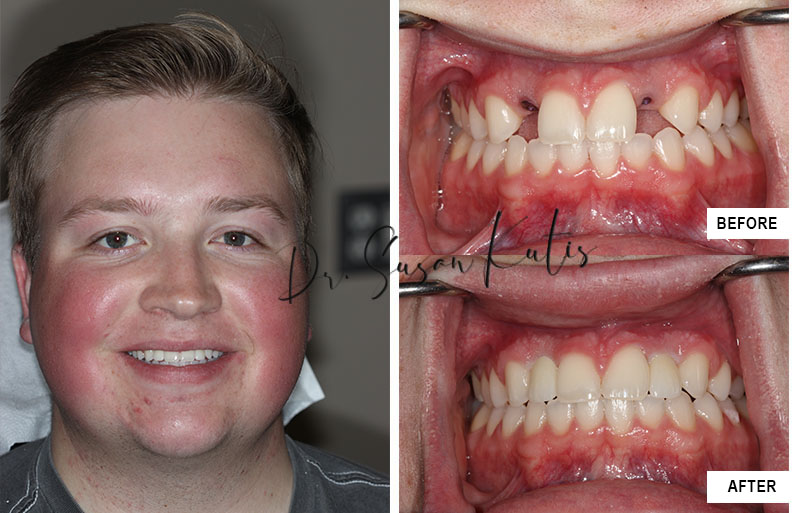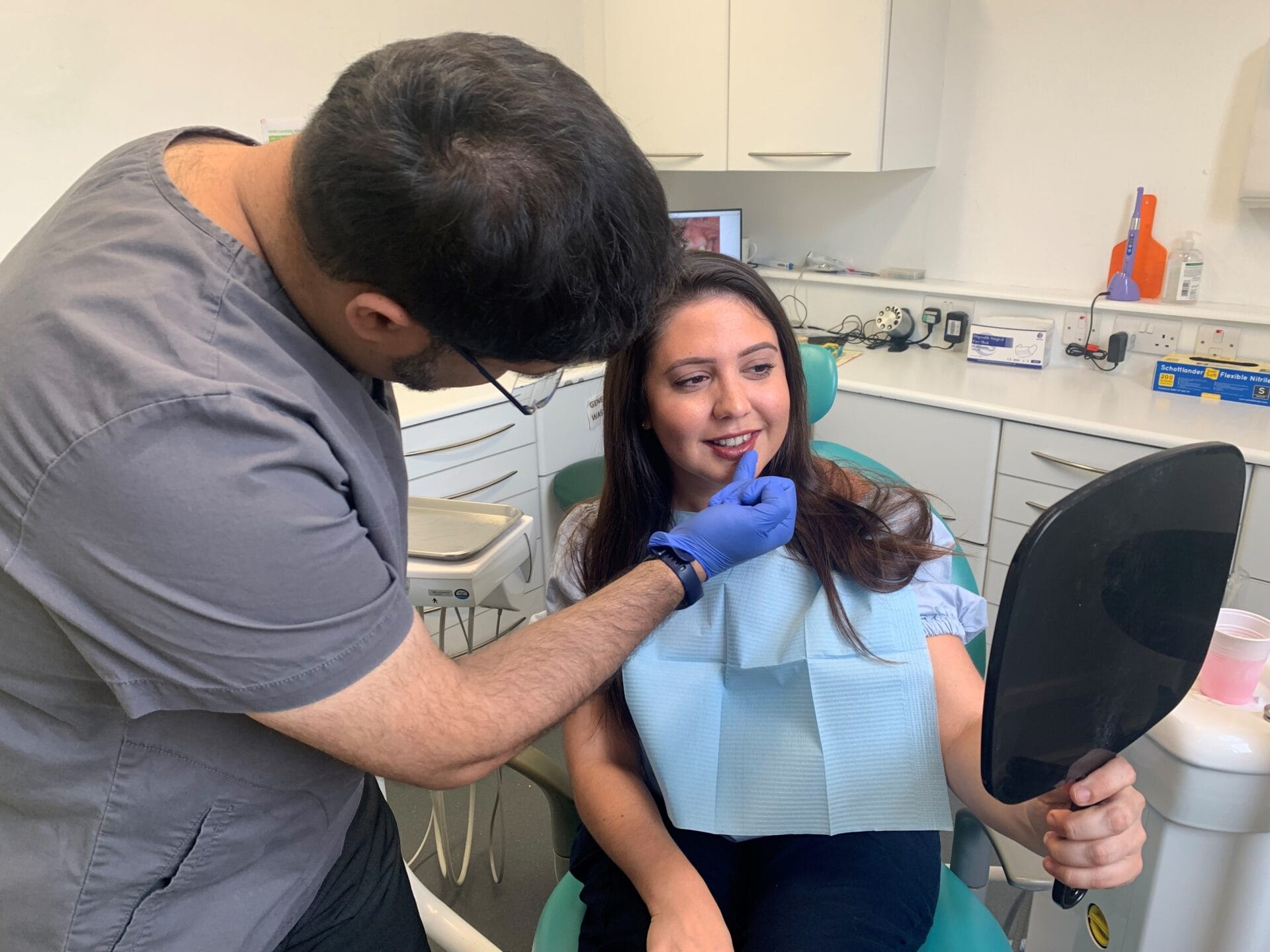Restore Your Smile with Dental Implants Kent: Specialist Solutions
Restore Your Smile with Dental Implants Kent: Specialist Solutions
Blog Article
Experience the most up to date Advancements in Oral Implants Technology
As the field of dentistry remains to progress, the innovations in oral implant technology have been nothing brief of impressive. From using innovative materials that improve durability to the implementation of electronic imaging for accurate positioning, these technologies are changing the landscape of oral care. With minimally invasive surgical techniques and the customization capabilities of 3D printing, clients now have actually access to customized options that were as soon as inconceivable. The assimilation of innovation is reinventing the functionality of oral implants, guaranteeing enhanced outcomes and person contentment.
Advanced Materials for Improved Longevity
In the realm of oral implants modern technology, the integration of advanced products has dramatically contributed to boosting toughness and durability of these important oral prosthetics. The use of products such as titanium alloys, zirconia, and ceramic compounds has actually revolutionized the field by offering enhanced biocompatibility, resistance, and toughness to corrosion.
Titanium alloys are extensively used in oral implants as a result of their outstanding strength-to-weight proportion, corrosion resistance, and compatibility with the body. These alloys make sure the security and longevity of the dental implant by standing up to the forces applied throughout speaking and chewing, giving a reputable service for patients looking for resilient tooth substitutes.
Zirconia, a sort of ceramic product, has acquired appeal for its biocompatibility and all-natural tooth-like look. Its high toughness and resistance to wear make it an appropriate option for dental crowns and bridges, enhancing the general visual appeals and functionality of the implant.

Digital Imaging for Precise Placement
The evolution of dental implants technology has further progressed with the combination of electronic imaging methods, making sure exact positioning of these prosthetics for optimal functional and aesthetic results. Digital imaging plays an important role in the planning and positioning of dental implants by giving in-depth 3D pictures of the client's jawbone structure. This technology permits dental practitioners to analyze bone thickness, situate vital frameworks, and plan the exact setting and angle for implant placement with unequaled accuracy.
By making use of electronic imaging, dental professionals can produce virtual medical guides that function as a roadmap during the dental implant placement procedure. These guides are tailored for every person, taking into consideration their unique anatomy and the wanted result. This degree of precision not only enhances the success price of oral implant treatments yet additionally decreases the risk of complications.
In addition, electronic imaging makes it possible for dentists to picture the last prosthetic restoration prior to the actual positioning of implants, enabling precise planning and making sure that the result meets the client's aesthetic expectations. On the whole, the assimilation of digital imaging technology has actually reinvented the field of oral implants, offering people a more predictable, effective, and patient-specific treatment strategy.

Minimally Intrusive Surgical Strategies


Developments in surgical methods have brought about the growth of minimally intrusive methods in the field of oral implantology. These methods aim to decrease trauma to the client, reduce healing times, and improve overall therapy results. Minimally invasive operations involve smaller sized cuts, specialized instruments, and progressed imaging modern technologies to exactly place oral implants with very little disruption to bordering cells.
One key facet of minimally invasive techniques is making use of directed surgery, where 3D imaging and computer-aided layout software application are employed to intend the implant positioning with wonderful accuracy. This permits an extra predictable result and can frequently remove the requirement for extensive flap surgery.
In addition, improvements in materials and dental implant top article layout have also added to the success of minimally invasive methods. Implants with enhanced surface area properties promote quicker osseointegration, lowering the healing time called for before the prosthetic reconstruction can be placed.
3D Printing for Customized Solutions
Using 3D printing technology in dental implantology enables the creation of extremely tailored solutions tailored to private person needs and anatomical variations. This sophisticated technology allows oral specialists to design and produce oral implants with remarkable precision and precision. By making use of electronic imaging techniques, such as cone beam of light computed tomography (CBCT), in-depth 3D versions of the person's oral tooth cavity can be produced to assist the dental implant intending procedure.
One of the essential benefits of 3D printing in oral implantology is the capability to create patient-specific implants that perfectly fit the distinct composition of each individual. This individualized technique assists improve the overall success and longevity of the implant by ensuring optimal fit and alignment. Additionally, 3D printing enables the production of complex geometries and detailed frameworks that would certainly be difficult or difficult to accomplish using conventional manufacturing approaches.
Furthermore, 3D printing technology makes it possible for dental experts to enhance the implantation process, reducing surgery time and boosting total individual experience. With its capability to create personalized services rapidly and effectively, 3D printing is revolutionizing the field of dental implantology, offering patients innovative therapy alternatives and boosted end results.
Integrated Modern Technology for Improved Functionality
Implementing advanced modern technology in dental implantology enhances capability and precision, boosting the criterion of care for individuals undertaking dental implant procedures. Integrated modern technology plays an important function in improving the overall success and toughness of oral implants. go to my site One essential advancement you can try this out is the assimilation of electronic scanning and imaging modern technologies, such as cone-beam computed tomography (CBCT) and intraoral scanners. These devices enable comprehensive 3D imaging of the patient's dental frameworks, facilitating accurate therapy preparation and dental implant positioning.
Additionally, the combination of computer-aided design and computer-aided production (CAD/CAM) innovation makes it possible for the development of customized dental implant reconstructions with phenomenal precision. CAD/CAM systems make use of digital perceptions to create prosthetics that flawlessly fit the individual's unique anatomy, making certain ideal comfort and capability. Additionally, making use of robotic-assisted surgical treatment in dental implant positioning enhances accuracy and lessens the danger of human mistake.
Conclusion
To conclude, the latest innovations in dental implants technology deal boosted resilience via sophisticated materials, precise placement with digital imaging, minimally intrusive medical strategies, tailored solutions with 3D printing, and boosted functionality with integrated innovation - Dental implants Kent. These developments in dental implants modern technology are revolutionizing the field and giving people with more effective and effective therapy alternatives for recovering their smiles and oral health
The integration of modern technology is changing the functionality of dental implants, assuring improved end results and client fulfillment.
The advancement of dental implants technology has actually even more progressed with the combination of electronic imaging techniques, guaranteeing precise positioning of these prosthetics for ideal practical and visual end results. Minimally intrusive surgical treatments entail smaller cuts, specialized tools, and progressed imaging innovations to precisely put oral implants with minimal disruption to bordering cells.
Carrying out cutting-edge modern technology in oral implantology improves capability and precision, boosting the standard of treatment for clients undergoing dental implant treatments. Dental implants Kent. Integrated innovation plays a crucial role in enhancing the general success and toughness of dental implants
Report this page